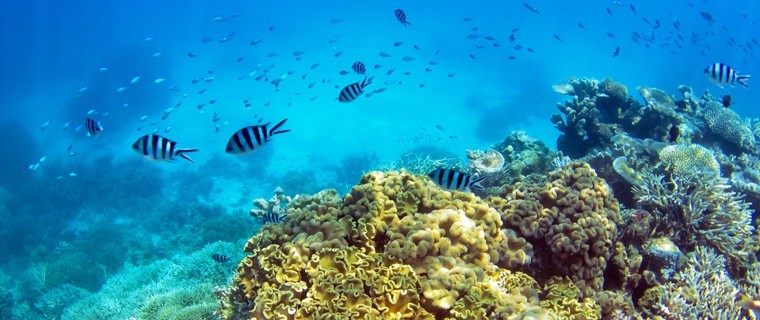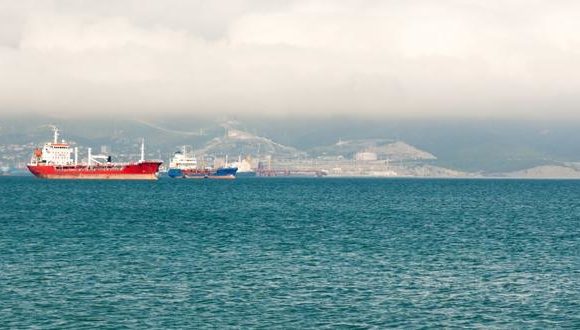Pantone’s Glowing, Glowing, Gone Campaign Reminds Us That Corals Are Dying

It all started with a documentary called “Chasing Coral” where a team from The Ocean Agency was able to film an extraordinary site in New Caledonia’s coral reef. The corals looked like they were glowing, but their rare vibrant colours weren’t because they were beautiful. It was a sign that they were dying.
The last 30 years has seen the demise of more than 50% of the world’s coral reefs, but that realisation only hit hard with the images of those dying corals. So, when the Pantone Color Institute launched “Living Coral” as its 2019 Colour of the Year, people can’t help but say their piece on the irony of the colour’s name given the situation of the coral reefs in the ocean. But that drew a lot of attention, and gave birth to the collaboration between Pantone, Adobe Stock and The Ocean Agency to bring more awareness to the dire situation of our oceans through a campaign called “Glowing, Glowing Gone.”
Taking a complete turn from its happy colours, Pantone released a set of three hues that mimic the colours of dying coral reefs. These fluorescent tones are what corals give off prior to dying in a phenomenon known as “coral fluorescence.” It is believed to be the corals’ last line of defense before completely succumbing to bleaching and eventual death. This was all captured in the award-winning documentary and inspired the campaign to raise awareness of how climate change affects corals.
In a blog post, the Founder and CEO of The Ocean Agency Richard Vevers said of this momentous encounter: “We’d seen more than our fair share of iconic coral graveyards—bone-white swaths of dying reef—from fast stretches of the Great Barrier Reef to locations such as Hawaii, the Maldives and Japan. But in early March 2016, when we travelled to New Caledonia, located in the Coral Sea about 800 miles east of Australia, we were shocked to see something completely different—corals ‘glowing’ in vibrant colour.”
He further described this phenomenon as the corals’ attempt at surviving the increasing underwater heat that’s caused by climate change. Corals produce these vibrantly coloured chemicals to protect themselves from the sweltering heat waves. “We photographed what was probably the most extreme coral fluorescence event ever recorded,” he said.
Pantone and Adobe went on to analyse the imagery produced by Vevers’ team and released three incredible hues of blue, purple and yellow that mimic the actual fluorescent colours that the corals emitted as they enter the first stage of coral death. This was an important step for both agencies because the campaign aims to create awareness of what’s really happening underwater because as much as these colours are bright, no one really notices them because they’re out of sight.
“It is as if the corals are sending a colour-coded SOS that says, ‘Please look at me I need you to notice before I slip away.’ In that sense, these incredibly vibrant colours could be considered the colours of the climate crisis,” said Laurie Pressman, VP of the Pantone Color Institute.
The Glowing, Glowing Gone campaign challenges creative to use these three colours in their products and designs as a way of showing their support to the cause of saving our coral reefs before it’s too late.
References:















